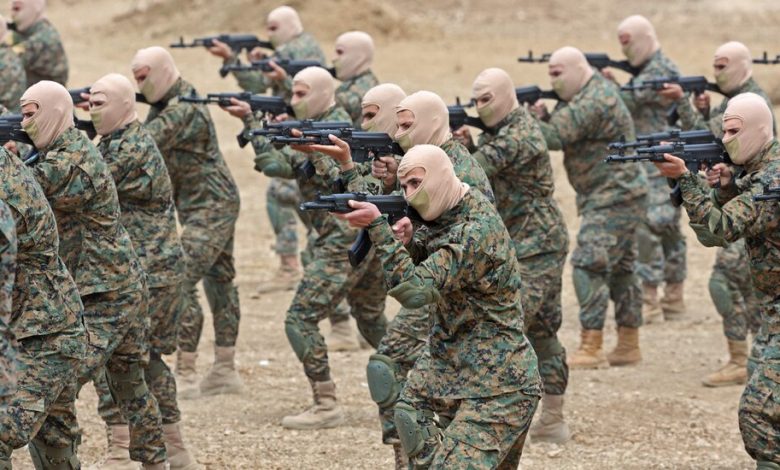A Common Link in Mideast Conflicts: Iran and Its Proxies

Israel and Gaza. Yemen and the Red Sea. Lebanon, Iraq, Pakistan and Syria.
At flashpoints in conflicts spanning 1,800 miles and involving a hodgepodge of unpredictable armed actors and interests, there has been a common thread: Iran. Tehran has left its imprint with its behind-the-scenes backing of combatants around the region.
On Friday, the Syrian Observatory for Human Rights, a Britain-based group that tracks the war in Syria, said that an Israeli strike killed at least 36 soldiers and hit multiple targets, including a weapons depot belonging to Hezbollah, the Iran-backed Lebanese militia that also has a presence in Syria. Israel did not comment on the claim.
Here’s a look at Iran’s proxies.
What’s the back story?
Ever since the 1979 revolution that made Iran a Shiite Muslim theocracy, it has been isolated and has seen itself as besieged.
Iran considers the United States and Israel its biggest enemies — for more than four decades, its leaders have vowed to destroy Israel. It also wants to establish itself as the most powerful nation in the Persian Gulf region, where its chief rival is Saudi Arabia, an American ally.
With few allies of its own, Iran has long armed, trained, financed, advised and even directed several movements that share its enemies. Iran calls itself and these militias the “Axis of Resistance” to American and Israeli power.
Why does Iran outsource its conflicts?
Although Iranian forces have been involved directly in wars in Syria and Iraq, Tehran has mostly fought its enemies abroad by proxy.




